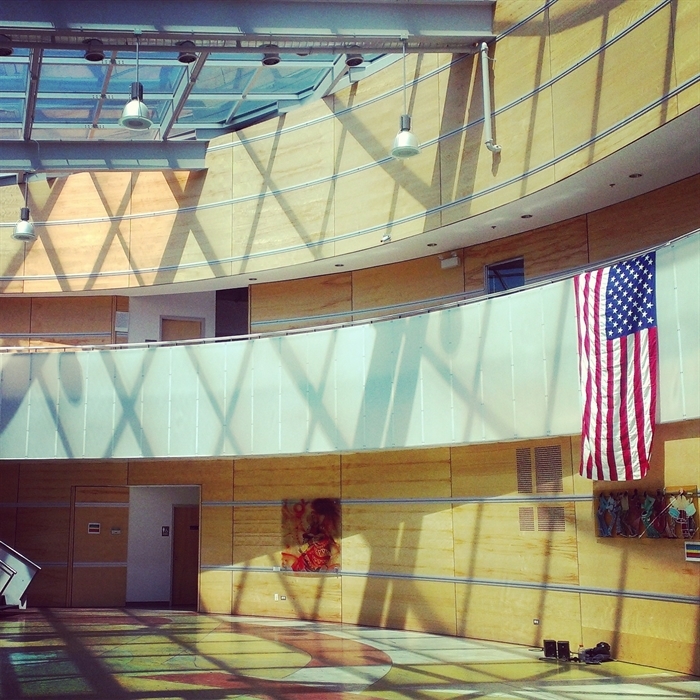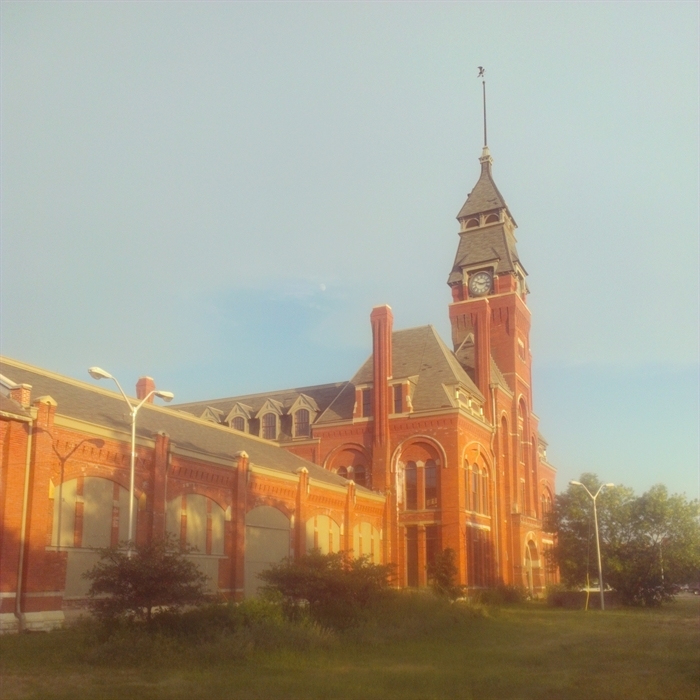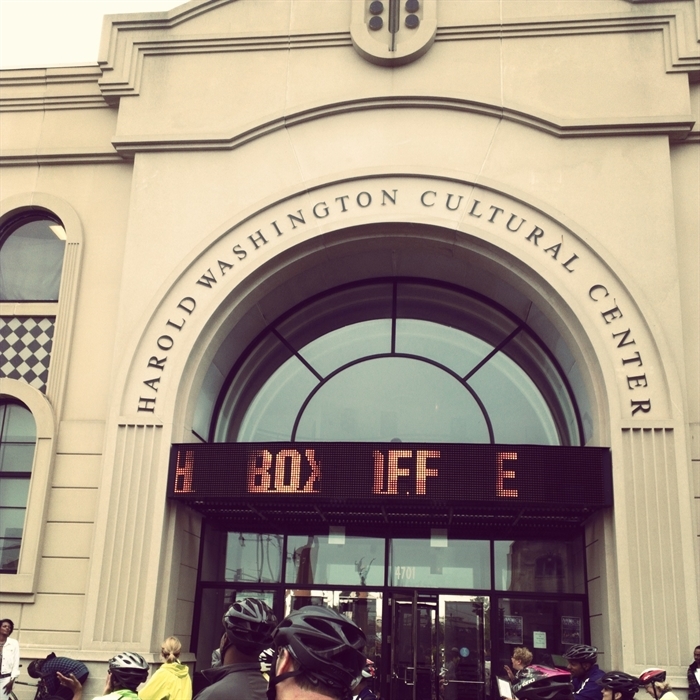
All photos except guide by Abby Crisostomo
There are countless fun places, both urban and natural, to explore around the region, like this bridge in Blue Island, Ill.

A new guide for locals and tourists alike showcases all there is to see and do in the Calumet and Millennium Reserve region.
When I first got my hands on the print version of the Millennium Reserve and Calumet guide I couldn’t help but be as excited to open it up and plan itineraries as I am when I open a travel guide to take on far-flung vacation spots. That’s the beauty of both the guide and the region it describes—there’s as much to explore in our backyard for all types of visitors as there is on a trip abroad.
The Millennium Reserve and Greater Calumet region is bursting with history, culture and beautiful natural landscapes. Unfortunately, many of us who live in or visit Chicagoland overlook the region as home only to industry and old landfills. Due to this false yet conspicuous reputation, too many local residents have no idea just how much there is to see, do and explore in this region.
The Millennium Reserve and Greater Calumet region includes two major overlapping geographies encompassing much of southeast Chicago’s lakefront, Cook County’s southern suburbs and Northwest Indiana. The Millennium Reserve is a transforming 210-square-mile region with thriving commerce, communities and wildlife in the Calumet and southeast Chicago lakefront areas. Metropolitan Planning Council (MPC) President MarySue Barrett serves on a steering committee of business, community and environmental leaders helping to prioritize opportunities to achieve the region's vision.
As part of MPC’s involvement with the Millennium Reserve, I got the lucky task of being on the guide’s advisory task force. I’m not at all an expert on the region, but I have done a lot of work there and consider myself a fan. My role was to help the guide convey the excitement of the region to other newbies like me. I was amazed at how much I learned in the process and hope that others take advantage of it, too. From birding spots and boat docks to parks and breweries, the region is teeming with diverse and rare things to do and see, plus opportunities to fish, boat, hunt, hike, bike, bird watch, cross-country ski, swim, picnic, wander, daydream, learn and celebrate among the rivers, trails, lakes, preserves, museums and cultural institutions.

The famous smoked fish restaurant, Calumet Fisheries, has won a James Beard award and has been listed as one of America's top ten historic restaurants.
Rather than label the end result of this year-long process a report or nature atlas, the task force opted for “guide” because the document is meant to be used like one. Use it to plan an itinerary and then throw it in your backpack, your bike bag or your car to reference on the go. It includes maps, photos and fun stories that highlight the natural and cultural history of the region, allowing you not only to explore, but to learn along the way. Some of my favorite attractions are the plethora of breweries and bars, bike trails, beaches and, of course, Calumet Fisheries.
The guide was put together by Bluestem Communications, molded by the task force and other experts and reviewed by focus groups. It’s written for teachers, students, parents, museums and nature center programmers, volunteers, residents, chambers of commerce, tourism boards, leaders at places of worship, funders and anyone who just wants to know more cool places to go. Three thousand copies are being distributed across the region (request a hard copy here or download the PDF).
As we see in a lot of the work we do, such as developing quality housing and making stormwater a resource, in the Millennium Reserve and Calumet region, there have been a lot of organizations and individuals doing incredible work in the region for decades. The guide was an opportunity to compile those successes into one place, as well as share the region’s collective story to new and established audiences—because recognizing the assets we have in our region helps establish all of Chicago’s communities as competitive, equitable and sustainable.

A few photos from my personal archives: The beaches of Indiana Dunes National Lakeshore provide beautiful places to play amid industry, homes and unique ecological areas.

The Little Black Pearl acts a community hub in Bronzeville emphasizing art and design.

Already a National Historic Landmark and very close to being named a National Park, the Pullman neighborhood is a beautiful historic planned community.

Bronzeville's Harold Washington Cultural Center honors one of Chicago's former mayors while celebrating performing arts.